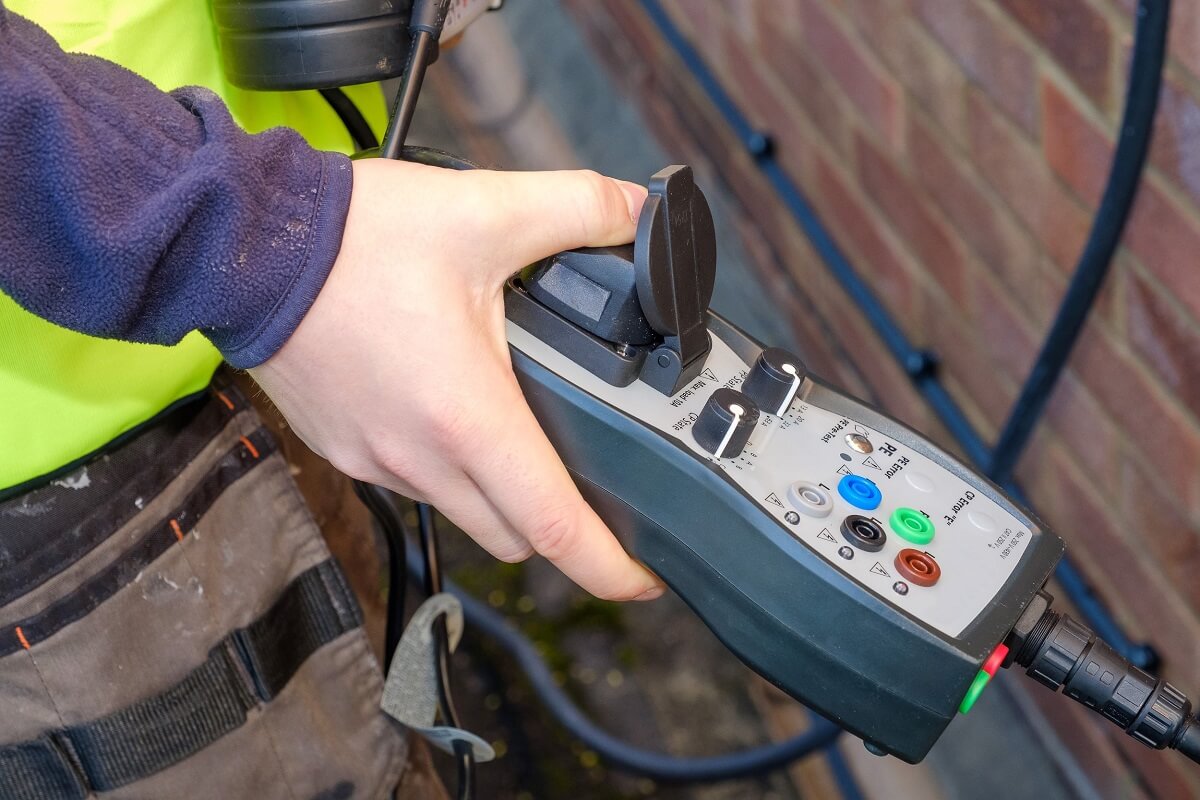As a business owner, ensuring that your company meets all necessary safety requirements is crucial. One of the most important is PAT testing. Portable Appliance Testing (PAT) inspects electrical equipment for safety, and businesses must comply with these regulations.
Furthermore, failure to comply with PAT testing requirements can result in the following:
- Hefty fines from electrical inspectors
- Personal injury claims from staff and customers
- Reputational damage from not being up to standard
According to a post by Health and Safety Executive (HSE), companies are responsible for the safety of their workers and customers. It thus presses the importance of PAT testing for businesses.
Continue reading here for more information on how to ensure your business is compliant, safe, and protected:
What Does PAT Testing Entail?
The PAT testing process involves both visual checks and electrical tests. Professionals skilled in doing these tests can ensure that electrical equipment is safe. Their primary aim is to identify any faults or defects that could lead to an electrical hazard or injury to a person.
Everything from kettles and microwaves to power tools and industrial machinery undergoes evaluation. More details about what this testing involves are set out in the PAT testing course by Skills Training Group for those interested to learn more.
A qualified professional thus assures that the equipment has been checked thoroughly for any of the below:
- Earth leakage safety
- Insulation resistance and stability
- The lead polarity of appliances
- Any other potential risks for electrical accidents or fires
Overall, PAT testing ensures optimal electrical safety measures in all settings.
Why Is PAT Testing Necessary?
It’s imperative to understand that PAT testing isn’t a one-off process. Additionally, businesses could conduct these tests regularly to comply with local health and safety laws. The main reason for regular checks is that electrical appliances become faulty over time.
So, to protect staff from harm and safeguard the business from other implications, they could ask technicians to include the following in their PAT tests:
- Evaluate portable appliances that move around in the business, like food processors.
- Check computer equipment like printers in the admin offices.
- Examine larger, immovable appliances, whether staff uses them frequently or not.
- Inspect wires, cables, chargers, extension cords, or wall plugs.
- Scan handheld devices like electric tools or salon equipment.
- Investigate repaired appliances returning from electrical contractors.
In general, high-quality equipment is safer than their low-cost alternatives. Unfortunately, the higher the quality, the higher the costs. That said, many businesses choose counterfeit or budget options. However, these appliances may not pass the high standards for electrical safety.
Implementing And Maintaining A PAT Testing Routine

It becomes clear that PAT testing is vital to any company’s health and safety plan. It ensures all electrical equipment used in the workplace is properly maintained, tested, and inspected regularly.
Although the law doesn’t specify how frequently the PAT inspections should occur, equipment should remain in top condition. Below are a few actions business owners could implement to stay ahead of electrical issues:
- Thoroughly inspect all equipment daily. Check for broken or damaged parts that could hold a risk for the users.
- Switch off and unplug all unused electrical equipment.
- Never soak any part of electrical appliances in water or any other liquids.
- Follow all safety instructions from the manufacturer.
- Ensure all equipment is safety-tested before purchase.
- Immediately disconnect and repair appliances that cause electrical shorts or shocks.
- Avoid using too many appliances on one wall socket; have more installed.
- Always employ the services of a licensed, knowledgeable electrical contractor for installations and repairs.
- Keep records of checks, repairs, tests, and other relevant information regarding electrical appliances.
- Schedule PAT tests as often as needed or yearly.
Implementing and maintaining a routine like this ultimately helps reduce the risk of electrical accidents. More importantly, taking care of appliances this way could lead to a successful PAT test. Testers could require the company to shut down or discontinue the use of equipment until they address the problems.
Another benefit of keeping equipment in the best condition is that it could assist business owners in running companies more effectively. Therefore, regular checks can save the company time, effort, and money.
Regular maintenance of the PAT testing program is essential to keep up with potential changes in legislation or industry standards. It could also help identify any faults or defects since the last inspection. Business owners can then take immediate steps to rectify these issues.
Final Thoughts
PAT testing allows for a safe and secure workplace. For this reason, business owners should prioritize checking and testing all electrical equipment for peace of mind. After all, the consequences of not doing so could be severe.
Complying with the law thus includes a regular PAT test, not because the tests are a legal requirement but because health and safety are.










